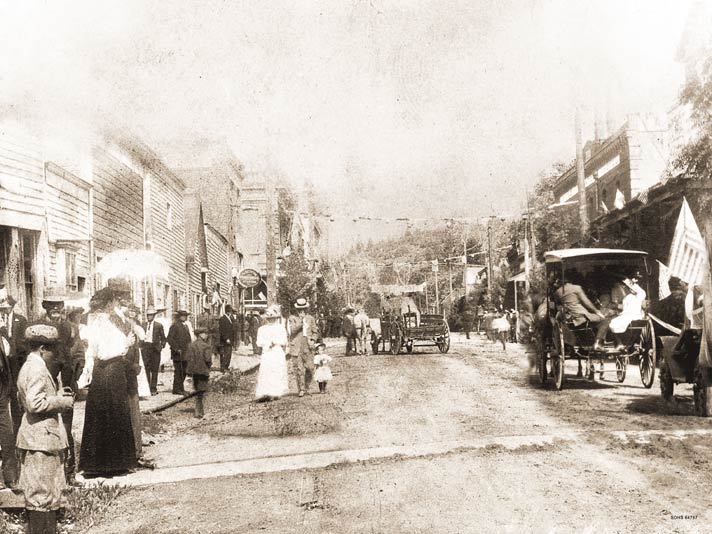A Few Minutes with the Mayor – May 2019
Recently, I was having lunch with some leading citizens when one of them, Linda Kestner, spoke about her deep love for our little town. You may recall that Linda was a recipient of our Citizen of The Year award, and if anybody can lay claim to the title of “Ms. Jacksonville,” it is Linda, who works tirelessly maintaining the city’s appearance and stature.
Her comments started me down the path of my own reflection about our town. What is it about Jacksonville that makes it stand out so? After all, there are lots of quaint towns across America, especially in the East with towns like ours with an interesting historical narrative. And consider Eureka Springs in the Ozarks, with its own special historical appeal. So what is different about Jacksonville from these? As you might expect, there is more than one answer.
First, and most obvious, Jacksonville’s downtown is frozen in time. Just Imagine! A Gibson girl with a cinched waist, puffy sleeves, and mid-calf, buttoned-up boots might be seen walking into the same buildings we enter today, only more than a century ago! Consider these: built in 1883, your new City Hall building goes back further than that. The Thrift Store is the oldest brick building in the entire state. The original Jacksonville Inn was built during the Civil War. Chester Arthur was President when Old City Hall was built. President Rutherford B. Hayes lodged at the U.S. Hotel shortly after it was built. Going back even further, Ulysses S. Grant was President when the Masonic Hall was built. The entire core of Jacksonville is a living breathing museum, a monument to the long ago.
Council Member, Ken Gregg, has lined the walls of New City Hall with restored photographs of years gone by. One of these has fascinated me since the day he first exhibited it—it’s a view of California Street looking west. The year is 1897. Perhaps a Sunday or a holiday, the street is crowded with people. There are no automobiles, only horse-drawn wagons.
Walking in the dirt street toward the camera are a husband, wife, and small girl, all dressed in their Sunday best. In fact, the woman’s full-length white dress comes dangerously close to the street surface. Completing her ensemble is a fancy bonnet atop her head. Her daughter is also finely attired in a white dress. Her husband wears a suit and a straw boater as they were called, a sort of formal hat worn in the summer months.
Old enough to be called our ancestors, who were they? Where were they going? Although it seems likely, was Jacksonville even their home? Living on the edge of the twentieth century with its enormous societal changes brought about by the development of the automobile and the power of electricity, how did their lives change from that moment in time when they walked down California Street? We’ll never know.
What we do know is that California Street, for all the years that have passed, is still much the same—no McDonald’s golden arches, no corporate America signs, nothing to make it like everywhere else.
California Street has avoided this. But…and here’s the clincher, it is so vulnerable to sudden and devastating destruction. Since that family walked into the camera 122 years ago, there have been no devastating local earthquakes. When, not if, there is one, these brick buildings may not fare well. Can any be saved by preventive measures? We’ll never know unless the owners of these buildings do a seismic study, admittedly, an expensive proposition. But considering they will lose everything, building plus business, count the cost of non-reinforcement. Of more importance, Jacksonville will be lost, and when it goes, so do the property values of every house in what was once a city. With resources including the Chamber, the Boosters, the City government and Urban Renewal, and the property owners themselves, there would seem to be all the resources needed to address this problem. It’s worth thinking about.

 Paul Becker is the current Mayor of Historic Jacksonville, Oregon.
Paul Becker is the current Mayor of Historic Jacksonville, Oregon.